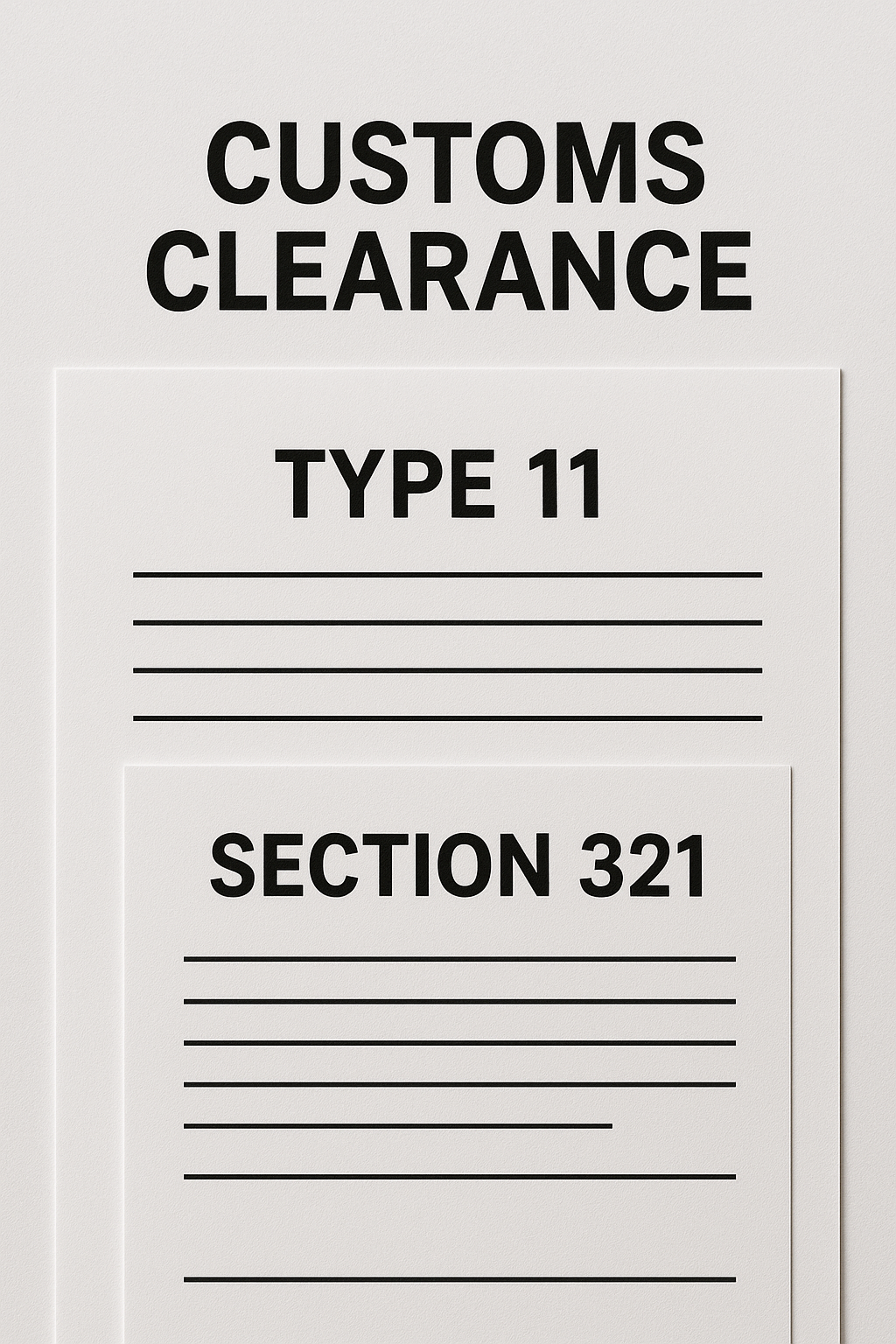Section 321 customs entry refers to a specific provision that allowed certain low-value shipments, typically under $800, to enter the U.S. without formal customs entry procedures or duties. This law aimed to streamline imports and reduce paperwork, benefiting both businesses and consumers by enabling faster clearance and lower costs.
As of August 29, 2025, the U.S. government has suspended the Section 321 de minimis exemption for all countries, meaning all shipments now require formal customs entry and may be subject to duties regardless of their value. This significant shift impacts importers and e-commerce businesses that previously relied on the simplified process.
Understanding the changes to Section 321 customs entry is crucial for navigating current U.S. import regulations. Businesses must now adjust to new compliance requirements and possibly increased costs tied to customs processing and duties on low-value shipments.
Understanding Section 321 Customs Entry
Section 321 provides a streamlined process for importing low-value shipments into the U.S. It reduces paperwork and duties for qualifying shipments, but has strict legal and procedural requirements. Shipment value, type, and origin all influence eligibility for this clearance option.
Definition and Legal Basis
Section 321 is a provision under the Tariff Act of 1930, currently implemented as part of the Trade Facilitation and Trade Enforcement Act (TFTEA). It allows shipments valued at $800 or less to enter the United States duty- and tax-free without formal customs entry documentation.
This legal framework aims to simplify and speed up customs processes for low-value goods, reducing costs for importers. However, as of August 29, 2025, this de minimis exemption has been removed, meaning many shipments that previously qualified will now face standard customs checks and duties.
Eligibility Criteria
To qualify under Section 321, shipments must meet several key conditions:
- The shipment’s fair retail value must not exceed the de minimis threshold ($800 prior to recent removal).
- The goods must be intended for personal or commercial use but cannot be restricted or prohibited items.
- Shipments must arrive via air or sea carriers that comply with U.S. Customs and Border Protection (CBP) reporting rules.
- The shipment cannot require special permits or certifications from partner government agencies.
Non-compliance with any of these criteria disqualifies a shipment from Section 321 benefits.
Applicable Entry Limits
Before its suspension, Section 321 allowed duty-free entry for shipments valued up to $800. This limit increased from $200 in 2016 to promote e-commerce and small imports.
Since the de minimis threshold’s removal, all shipments entering the U.S. regardless of value must undergo full customs entry and potentially incur duties and fees. This shift affects cost structures and clearance times for importers.
Exporters and importers should closely monitor changes to avoid unexpected expenses and delays.
Types of Goods Covered
Section 321 applies broadly to most types of merchandise, excluding:
- Alcohol, tobacco, firearms, and ammunition.
- Products requiring specialized import licenses or permits.
- Goods subject to prohibitions or restrictions under other U.S. laws.
It covers consumer goods, apparel, electronics, and small-scale commercial samples.
Importers must verify product classification and compliance since misclassified goods risk penalties or delayed clearance.
Compliance and Best Practices
Section 321 customs entry requires careful adherence to specific procedures and documentation to avoid delays and penalties. Importers must understand the submission process, maintain accurate records, and be aware of enforcement policies by Customs and Border Protection (CBP). Failure to comply can lead to financial consequences and shipment holds.
Filing Procedures
Section 321 shipments must be filed accurately through the Automated Commercial Environment (ACE) system. Importers or brokers are responsible for timely submission of entry data to ensure goods qualify for the duty-free exemption up to $800.
Entry Type 86 is commonly used for eligible shipments, replacing the need for formal customs entry forms. However, since the suspension of the Section 321 exemption in 2025, all shipments now require formal customs entry, making correct filing even more critical.
Proper categorization of goods and accurate value reporting are essential. Errors in filing can trigger delays, increasing costs and disrupting supply chains. Regular updates on CBP procedures help maintain compliance.
Documentation Requirements
Accurate and complete documentation supports the legitimacy of Section 321 claims. Required documents typically include commercial invoices, tracking information, and proof of shipment value.
Importers must ensure that invoices clearly state the fair retail value and describe the goods precisely. This helps prevent misclassification or undervaluation, common causes of non-compliance investigations.
Though paperwork requirements are simplified for low-value shipments, records should be retained for at least five years to facilitate audits or CBP inquiries. Digital storage of documentation is recommended to streamline record retrieval.
Customs and Border Protection Enforcement
CBP actively monitors Section 321 shipments to prevent abuse, fraud, and incorrect duty exemptions. Enforcement efforts focus on verifying shipment values, ensuring compliance with partner government agency regulations, and detecting misdeclarations.
The suspension of the Section 321 exemption requires stricter scrutiny of all shipments regardless of value. CBP uses automated screening tools and random physical inspections to enforce compliance.
Customs brokers play a vital role in helping importers understand and meet CBP requirements, reducing the risk of shipment delays or seizures. Ignorance of new rules does not exempt importers from liability.
Penalties for Non-Compliance
Non-compliance with Section 321 regulations can result in substantial penalties, including fines, shipment holds, and denial of entry. CBP may impose civil penalties for undervaluation, misclassification, or failure to file accurate documentation.
Penalties can range from monetary fines to seizure of goods, depending on the severity and frequency of violations. Repeated infractions increase the likelihood of enforcement actions and damage reputations.
Importers should conduct regular compliance training and leverage customs expertise to minimize errors. Proactive management of Section 321 shipments is essential to avoid costly disruptions and maintain smooth customs clearance.


Leave a Reply